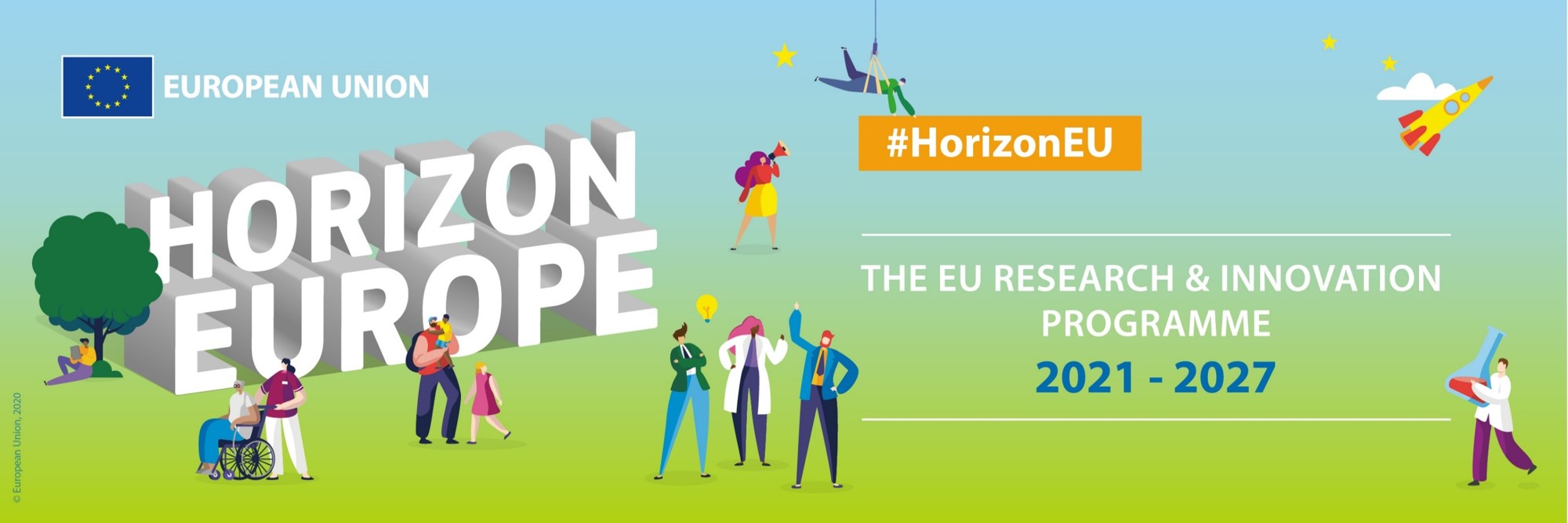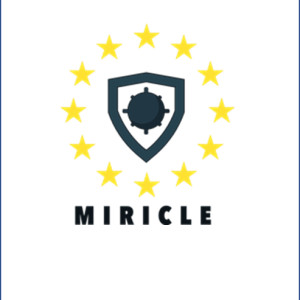Proposal Writing under Horizon Europe (Pillar II) - Tips & Tricks

Pick a topic from the menu to get started.
This video will take you through the basics of proposal writing under Pillar II of the Horizon Europe programme (with focus on Research and Innovation Actions / Innovation Actions).
These materials are intended for personal use and viewing. Please don't copy or circulate without asking permission.
DISCLAIMER -The information in this presentation is intended to support the writing of a project proposals under Pillar II of Horizon Europe. Effort has been made to ensure that the information contained in this document is accurate and up to date. Please always check the latest version of Commission documents for the most up-to-date information. NCP Flanders does not assume any liability or responsibility for the completeness, accuracy, or usefulness of the information included in this presentation.
Pick a topic from the menu to get started.
Testimonial

Miricle - Mine Risk Clearance for Europe
The Miricle project, ‘Mine Risk Clearance for Europe’, obtained funding under the European Defence Industrial Development programme call ‘Underwater control contributing to resilience at sea’. The main objective of the project was to achieve a European and sovereign capacity in future mine warfare and create a path for the next generation ‘made in Europe’ countermeasure solutions. In order to realise this objective, Miricle addressed various stages: studies, design, prototyping and testing. These stages inter alia included the successful testing of an XL Unmanned Underwater Vehicle, a protototyped mine disposal system and multiple innovative systems to detect buried mines. Flanders Marine Institute (VLIZ), was one of the five Belgian partners in the consortium. Within the project, VLIZ was able to forward its research on the acoustic imaging of the seabed to spatially map and visualize buried structures and objects - in this case buried mines - in the highest possible detail. VLIZ also led the work on ‘Port and Offshore Testing’, building on the expertise of the institute in the field of marine operations and technology.

